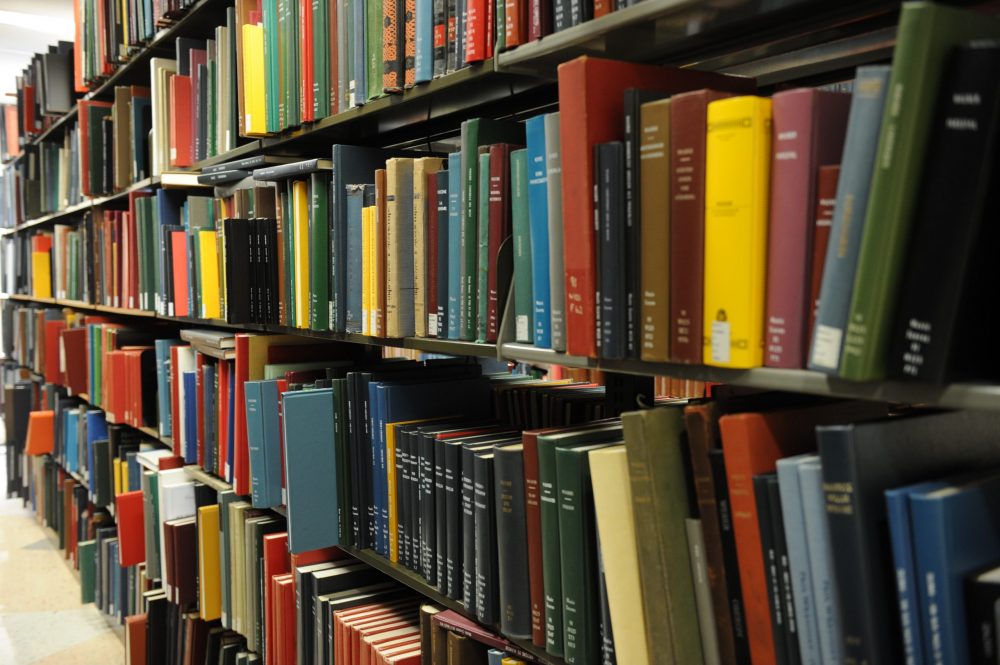Beginning August 17, library stacks and circulation desks will open in some locations, enabling users to once again browse physical materials in pre-pandemic ways. On that date, the conditions for the HathiTrust Emergency Temporary Access Service (ETAS) will end. The curbside option for the book pick-up service will end; book retrieval will happen at the circulation desks of open locations. Beginning September 9, all library stacks and circulation desks will reopen for users.

Since the suspension of on-campus academic activities in March 2020, the Libraries have provided increased access to millions of online resources, including HathiTrust ETAS, which required a non-circulation policy for physical items available in the emergency digital service. More than 40% of our print titles have been available in digital form while our library locations were fully or partially closed. The importance of increased electronic access to collections has never been more clear, and we want to work with you to make sure you have access to the materials you need no matter where you are studying or working in the fall. Here are five ways we can help:
- We are acquiring as many of the most heavily used ETAS items as possible based on an analysis of the service.
- We will acquire digital materials that you need whenever possible based on your submission requests using this form.
- We will continue to process your requests items and services in previously available ways, such as BorrowDirect, InterLibrary Loan, and more.
- Our subject specialists will consult with you individually about access to collections that might not be available in the above ways.
- Our Open Access Guide can help identify materials that are either (a) in the public domain or (b) licensed in a manner that provides everyone with free and perpetual permission to engage in the 5R activities for educational purposes: Retain, Reuse, Revise, Remix, and Redistribute.
As always, we look forward to working with you and encourage you to regularly visit our Status Updates page and subscribe to our newsletter for reopening details.